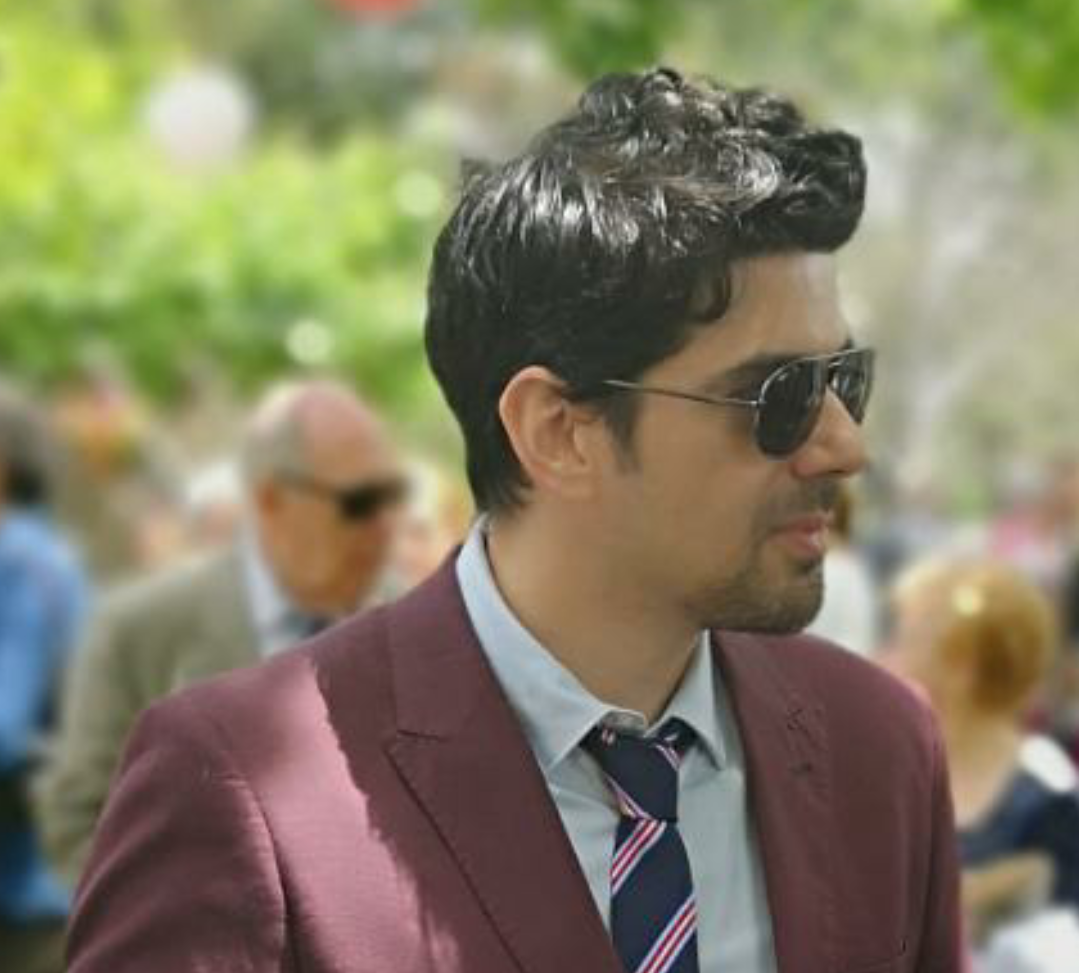What really happens when ChatGPT is asked to “think deeply”? We ran a full-scale experiment and captured everything.
We challenged ChatGPT to research “The 1000 Most Influential Entrepreneurs from 1925 to 2025”, and recorded and documented its entire research process, from prompt to PDF to videoshot.
What we got? A 60+ page master document filled with names, dates, historical milestones, and original blurbs. But even more interesting was how ChatGPT “thought” its way through the task.
Now, for (almost) the first time ever, we let you watch ChatGPT reason, fact-check, and curate sources in real time.
👉 YouTube video
👉 PDF Output → [Download or view here]
👉 This article → a full breakdown of what’s actually happening behind the screen.
But Why This Spying on AI’s “Mind” ?
Most people assume ChatGPT just spits out answers.
But under the hood, a large language model like ChatGPT is engaging in a multi-step, probabilistic reasoning process, often emulating research behavior:
Here’s what we observed during the experiment:
| Step | What GPT Did | What It Feels Like |
|---|---|---|
| 1. Context Framing | Interpreted your intent beyond keywords | Like a project manager writing a scope doc |
| 2. Timeline Mapping | Broke the 100-year span into decades/eras | Like a historian building a chronology |
| 3. Pattern Recognition | Noticed repetition in industries, geography | Like a data analyst clustering variables |
| 4. Source Triangulation | Pulled from open web facts, compared claims | Like a journalist cross-checking interviews |
| 5. Redundancy Reduction | Skipped duplicate figures across years | Like a researcher editing for originality |
| 6. Structured Output | Created consistent blurbs with references | Like a content strategist templating deliverables |
It wasn’t just retrieval. It was structured synthesis.
Supporting Data: How Often Is ChatGPT Actually Right?
According to an early Stanford 2024 evaluation on factual grounding:
- ChatGPT Research cited sources 72% of the time when explicitly asked
- Only 12% of errors were factually false when tasks were scaffolded (multi-step)
- The accuracy jumped to 90%+ when users requested justification or “thinking out loud”
🔗 Read Stanford’s AI Reasoning Evaluation
👉 That’s exactly what we did but in June 2025: we asked ChatGPT to reason “aloud” while compiling a list of top entrepreneurs across a century.
The Hidden Secret of Prompting for Thinking
When ChatGPT “thinks,” it mimics expert workflows. But only if you prompt correctly.
Our Prompt Strategy:
- Started broad: “List most influential entrepreneurs by year”
- Added scaffolding: “Include company, breakthrough moment, and context”
- Gave a goal: “Output as structured research, chronological order”
- Requested “deep research” and documentation in a downloadable format
This triggered multi-turn reasoning, where ChatGPT essentially roleplayed a historian-journalist hybrid. Over 1,000 entries later, it had built a fully traceable dataset.
Full Video of ChatGPT Thinking Process + PDF
👉 Want to see how an ChatGPT Deep Research actually “thinks” while researching 1,000 global business legends?
Watch the full time-lapse breakdown + get the PDF here → [Your Link]
85 Minutes of ChatGPT Thinking [Video]
Then ask ChatGPT to “think aloud” in research mode for your own business challenge and share the outcome with us all!
The Outcome: 62-Pages PDF on Most Influential Entrepreneurs
Dare to browse the full whitepaper PDF of the study?


